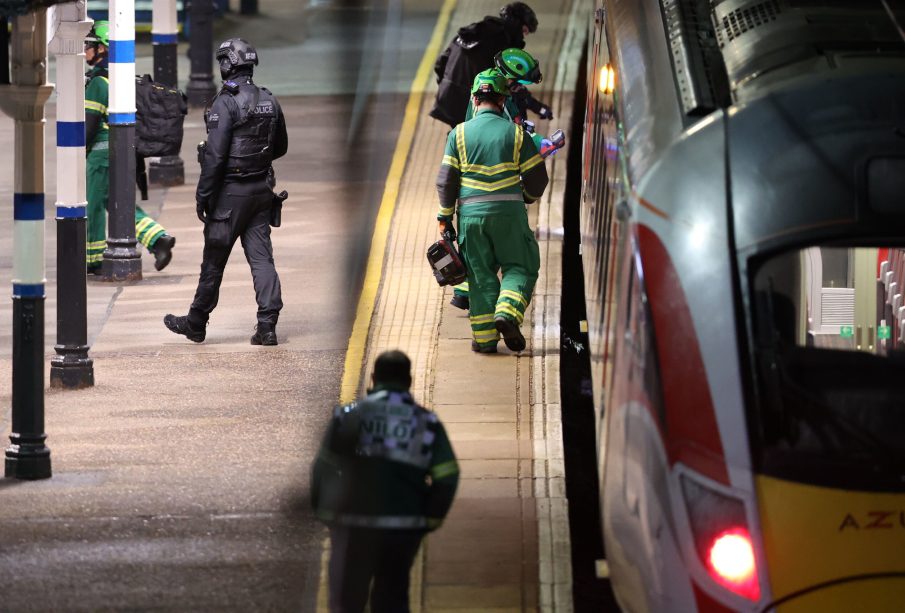Exploring the Rise in Train Stabbing Incidents Across the UK

Introduction
Train stabbing incidents have become a concerning trend in the United Kingdom, raising alarms about passenger safety and the overall security of public transportation. This alarming phenomenon draws attention not just from authorities but also from commuters who are increasingly anxious about their journeys. Understanding the implications of these events is crucial for both policy-makers and the general public.
Recent Incidents
Over the past few months, reports have emerged of several stabbings occurring on trains across the UK. One of the most notable incidents occurred on a train bound for London in early October 2023, where a 25-year-old man was stabbed in a brutal attack that startled police and passengers alike. Witnesses reported a chaotic scene as the train made an emergency stop, and investigators were dispatched immediately.
Another significant incident took place on a regional train in Yorkshire, where two teenagers were stabbed during an altercation on board. This shocking event illustrates a worrying trend, as the British Transport Police (BTP) have noted an uptick in violent incidents related to interpersonal disputes among young individuals on trains.
Police Response and Public Safety Measures
In response to the rising number of incidents, authorities have ramped up security measures across the rail network. Enhanced police presence and increased surveillance on trains and at stations are part of the initiative to reassure passengers. The BTP has also launched various campaigns aimed at raising awareness of how to report suspicious behaviour, encouraging passengers to take preventive steps.
Impact on Commuter Behaviour
As incidents of train stabbings are reported more frequently, there has been a palpable shift in commuter attitudes. Public surveys indicate that many people are reconsidering their travel plans, with some opting for alternative modes of transport. Regular travelers express hesitation and, at times, fear surrounding their daily commutes, particularly during peak hours when carriages are crowded and surveillance may be less effective.
Conclusion
The rise of train stabbing incidents in the UK poses significant challenges to commuter safety and public transport perceptions. While the increase in security measures aims to reassure the public, continuous efforts are required to ensure that passengers feel secure on their journeys. Moving forward, it will be imperative for law enforcement and transport authorities to collaborate effectively, not only to combat this trend but also to engage with community stakeholders to foster a safe environment for all passengers in the UK rail system.









